Uncle Tom’s Cabin, PS2954 .U5 1852d, Special Collections
50 Features of Special Collections: Read Uncle Tom’s Cabin like a Victorian
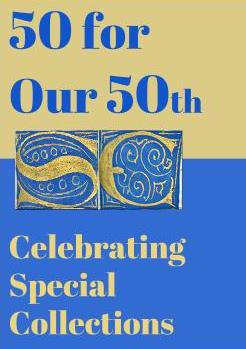
We are quickly approaching the last 10 features of the 50 features celebrating 50 years since the founding of Special Collections. This time we focus on the way that the public engaged in the activity of reading during the Victorian era through Harriet Beecher Stowe’s Uncle Tom’s Cabin published in 1852. This copy was published in 13 “part issues” in Great Britain and includes 27 wood engravings by the English artist George Cruikshank.
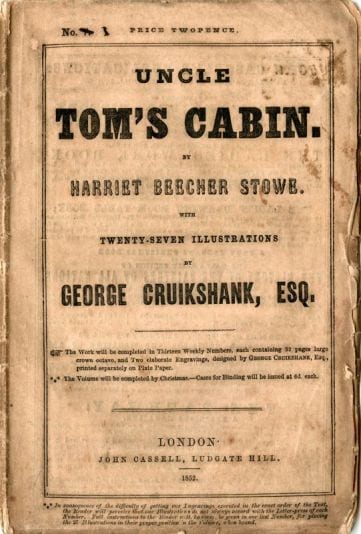
Serial novels became popular in England when Charles Dickens first published The Pickwick Papers in monthly installments over a twenty month period (April 1836 to November 1837). Novels in serial parts were published in magazines, newspapers, or as standalone parts issued in monthly installments. The serialization of literature helped to make fiction more affordable by spreading out the costs to over a year or more instead of spending money all at once on single bound novels. Serialization shaped how authors wrote as they worked to engage the interest of readers with each installment while maintaining the context of the novel as a whole. Similar to how we watch TV series today, serial novels created tension and heightened public anticipation for the next great installment by leaving readers in suspense at the end of each part.
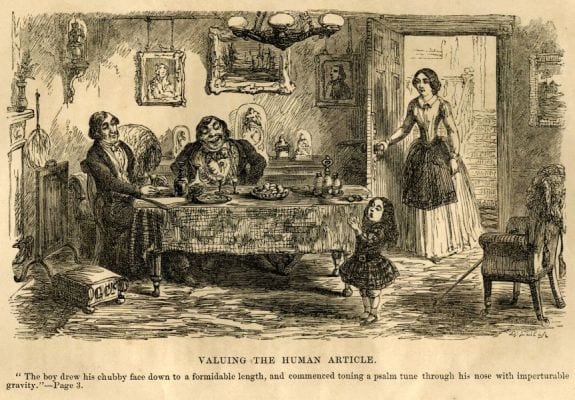
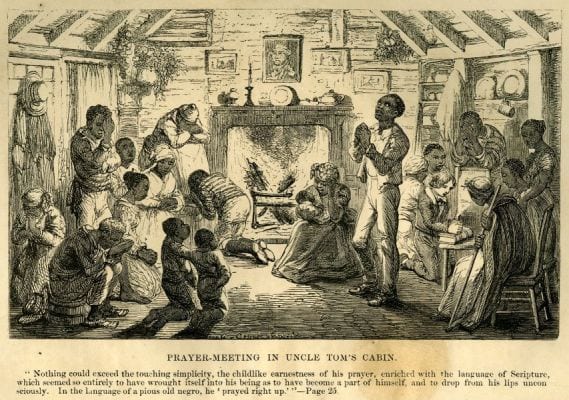
Serial novels were just as popular in 19th-century America as they were in England. The first installment of Uncle Tom’s Cabin was published in the anti-slavery newspaper, the National Era on June 5, 1851. Responding to her sister-in-law’s call to “write something that would show the entire world what an accursed thing slavery is,” Stowe brought the realities of slavery to light in telling the story of the black slave, Tom, and of other characters around him. With help from friends and family, the novel and the development of the character of Uncle Tom was informed by firsthand accounts gathered from freedom narratives and anti-slavery newspapers.
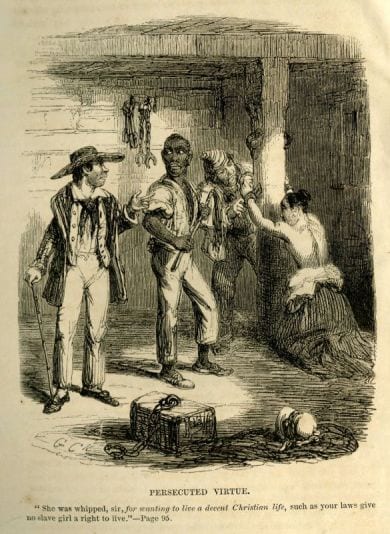
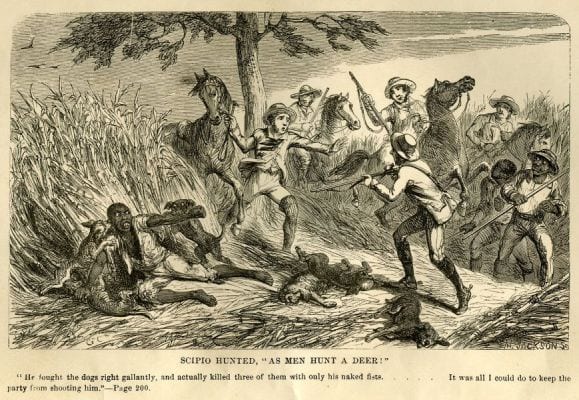
Uncle Tom’s Cabin proved highly successful as it turned into a best seller in Britain, the U.S., Europe and Asia, and was also translated into over 60 languages. In addition to the 13-part issue of Uncle Tom’s Cabin, you can also find German, French, Swedish, Danish, Spanish, Dutch, Italian, and Welsh translations of the novel in Special Collections.
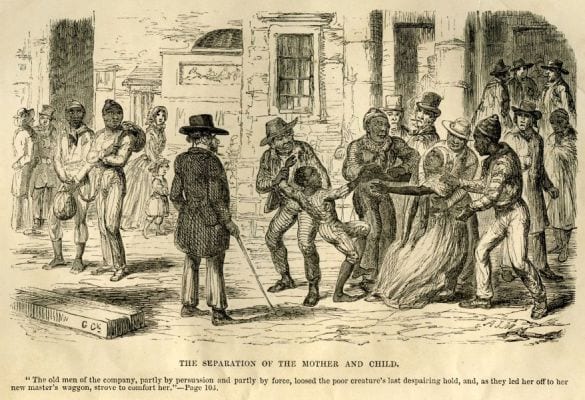
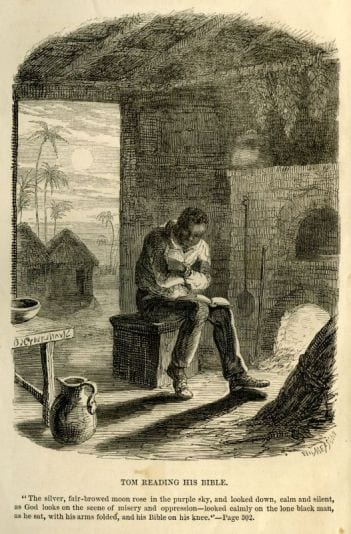
Before signing off on this post, there’s an interesting story to share about Stowe: when President Abraham Lincoln met Stowe at the beginning of the Civil War, he remarked, so this is the “little lady who started this great war.” Stowe is often credited with helping to change the country’s attitude toward slavery, setting the stage for the Civil War. Although Stowe’s influence on Lincoln has not been definitively confirmed, the Executive Director of the Harriet Beecher Stowe Center, Katherine Kane, visited the Library of Congress to check circulation records from 1862 for documentation of Lincoln’s requests. She found that Lincoln had checked out Stowe’s A Key to Uncle Tom’s Cabin on June 16, 1862 and returned it on July 29. Kane believed that in the “critical period of June and July 1862, when Lincoln was drafting the Proclamation and then sharing it privately, he had The Key to Stowe’s Uncle Tom close at hand” before finally issuing the Emancipation Proclamation on January 1, 1863.
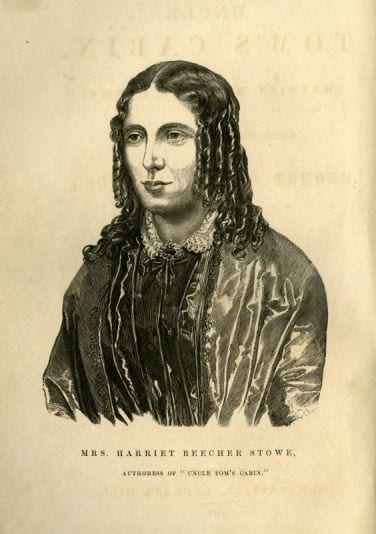
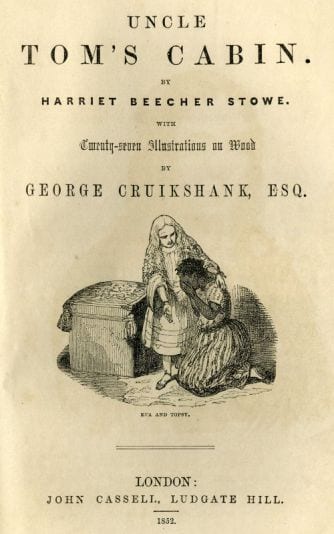
Works cited:
Bernstein, Susan, and Chavez, Julia. “Serialization.” Oxford Bibliographies. July 24, 2013. Accessed May 7, 2017. http://www.oxfordbibliographies.com/view/document/obo-9780199799558/obo-9780199799558-0122.xml
McClurg, Jocelyn. “Serial Novels Were The Craze In The 19th Century.” Hartford Courant. September 11, 1994. Accessed October 18, 2019. https://web.archive.org/web/20181019051012/http://www.courant.com/news/connecticut/hc-xpm-1994-09-11-9409110110-story.html
“Uncle Tom’s Cabin.” Harriet Beecher Stowe Center. Accessed May 7, 2017. https://www.harrietbeecherstowecenter.org/harriet-beecher-stowe/uncle-toms-cabin/
“Victorian Serial Novels.” University of Victoria Libraries. Accessed May 7, 2017. http://www.uvic.ca/library/featured/collections/serials/VictorianSerialNovels.php